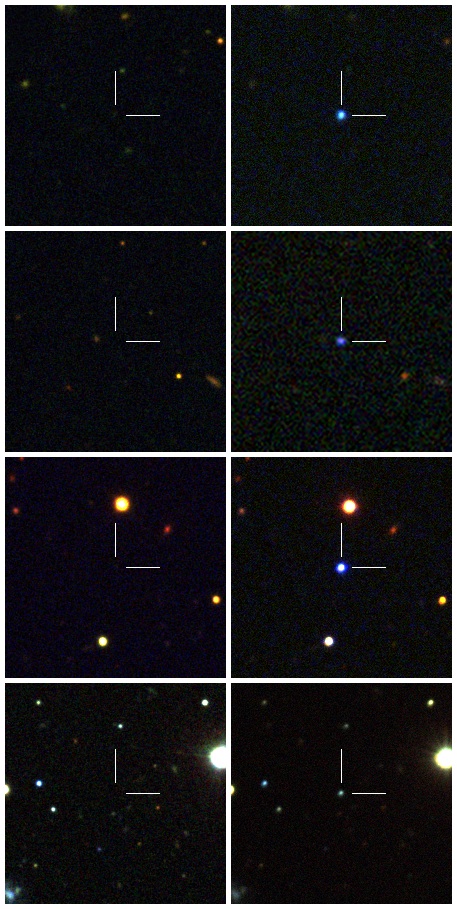Super Explosive Stars Are Rare New Breed

Some of the most violent events in the universe occur when stars explode in supernova outbursts. Now a new kind of supernova, 10 times brighter than the famous Type Ia supernovas that are relatively common in the cosmos, has been discovered.
This new type of star explosion can't be explained by any of the processes that control most supernovas. So far, astronomers have observed six such supernovas that seem to fit into class unto themselves.
"They're definitely very rare events," said astronomer Robert Quimby of the California Institute of Technology."In a given volume of space you'd get 1 for every 10,000 normal supernovae. The good thing is that these are very bright," so astronomers have a better chance of detecting them and studying them than a typical supernova.
Quimby and his colleagues report their finding in a paper published online today (June 8) in the journal Nature. [Supernova Photos: Great Images of Star Explosions]
Another supernova mystery
In that same journal this week another team of astronomers led by Josefin Larsson of Stockholm University in Swedenannounced another discovery concerning supernovas.
Larsson and colleagues used observations from the Hubble Space Telescope to study the nearby Supernova 1987A.
Breaking space news, the latest updates on rocket launches, skywatching events and more!
A transition occurs in supernovas, when the light from the material ejected in the explosion starts to fade, but the brightness increases from interactions between that material and the surrounding gas. This transition is usually hard to study, but the case of Supernova 1987A, observed periodically from 1994 to 2009, offered a unique chance to target the change in a relatively close example.
"We show that this increase is the result of heat deposited by X-rays produced as the ejecta interacts with the surrounding material," the researchers write. "In time, the X-rays will penetrate farther into the ejecta, enabling us to analyze the structure and chemistry of the vanished star."
Unusual supernovas
The mystery of Quimby's new class of supernovas will likely be harder to crack.
Most supernovas fall into two categories. One is called Type Ia, and occurs when one star in a double-star binary system sucks in mass from its companion, eventually reaching a critical density that ignites an uncontrolled fusion reaction that detonates the star.
The second common category of supernova is called Type II, and involves a very massive star reaching the end of its life and running out of fuel in its core for nuclear fusion. Without pressure from fusion to counteract gravity, the core of this star will collapse in a supernova.
But the new class of supernovas does not match the characteristics of either of these explosions, and is brighter than both, shining with the light of billions of suns.
Several possibilities
"We have a couple ideas of what these may represent," Quimby told SPACE.com."At the minimum, they're going to be 10 times more massive than the sun, or they could be more than 100 times more massive than the sun."
If these stars are on the larger end of that range, they might have shed some of their outer gaseous layers in shells that have been expanding for years before the star finally dies. When it does implode in a supernova, the implosion creates such enormous pressure that an explosion occurs, and the resultant energy from that explosion could hit the expanding gas shell and interact to create added brightness.
A second possibility is that this special kind of supernova represents a star that has collapsed into a dense neutron star with an extremely strong magnetic field. This magnetic field, interacting with ionized gas around the star, could act as a break to slow the spinning of the star, which would cause it to dissipate some of its motion energy in the form of light.
"That additional energy can make the supernova unusually bright," Quimby said.
You can follow SPACE.com senior writer Clara Moskowitz on Twitter @ClaraMoskowitz. Follow SPACE.com @Spacedotcom or Facebook.

Clara Moskowitz is a science and space writer who joined the Space.com team in 2008 and served as Assistant Managing Editor from 2011 to 2013. Clara has a bachelor's degree in astronomy and physics from Wesleyan University, and a graduate certificate in science writing from the University of California, Santa Cruz. She covers everything from astronomy to human spaceflight and once aced a NASTAR suborbital spaceflight training program for space missions. Clara is currently Associate Editor of Scientific American. To see her latest project is, follow Clara on Twitter.
